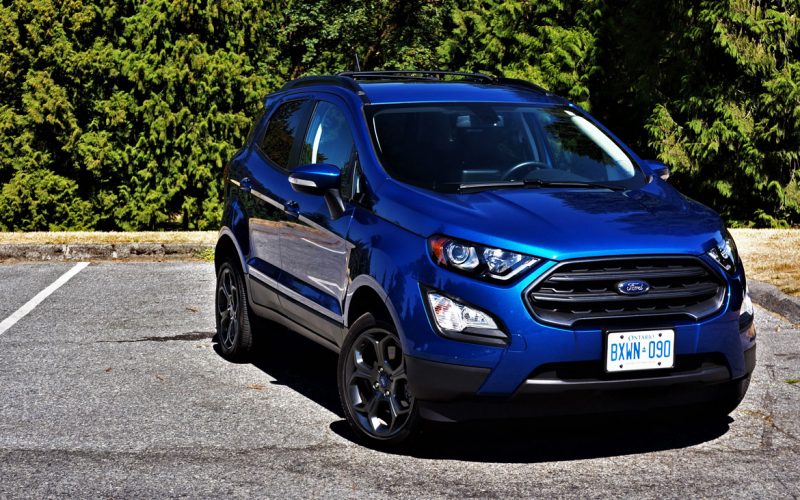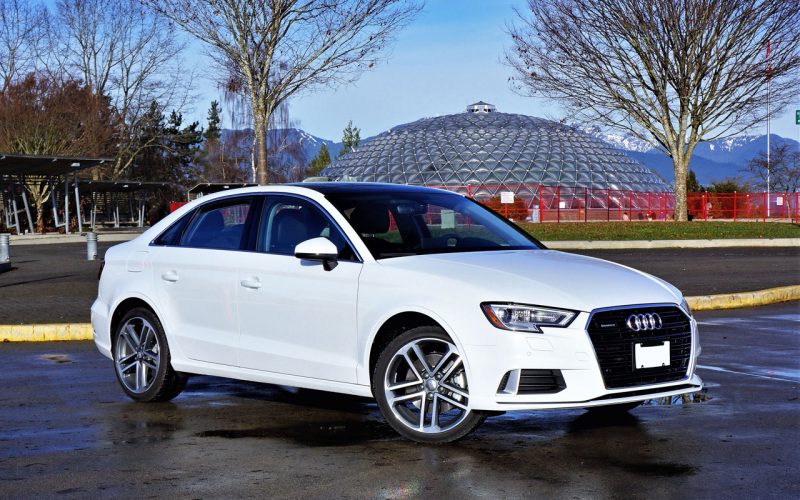
Reading Time: 17 minutesI first saw the original EcoSport in São Paulo, Brazil where I was trying to expand

Reading Time: 11 minutesIn a market that’s constantly talking big about SUVs and simultaneously downplaying the popularity of traditional
© 2025 The Car Magazine. All Rights Reserved, Privacy Policy | Terms of Use